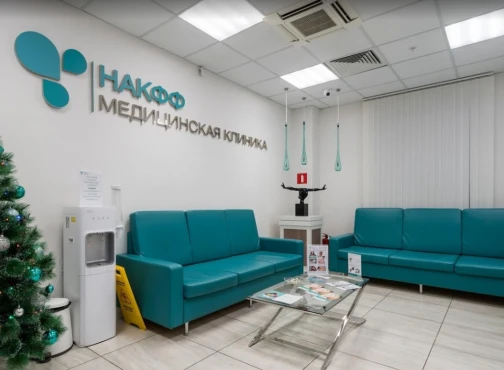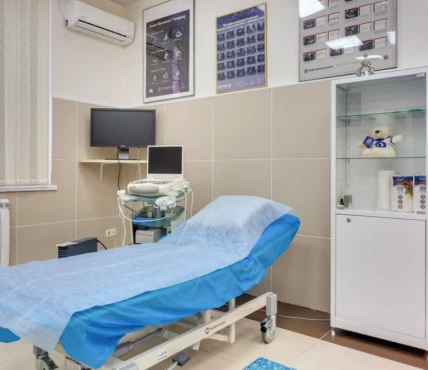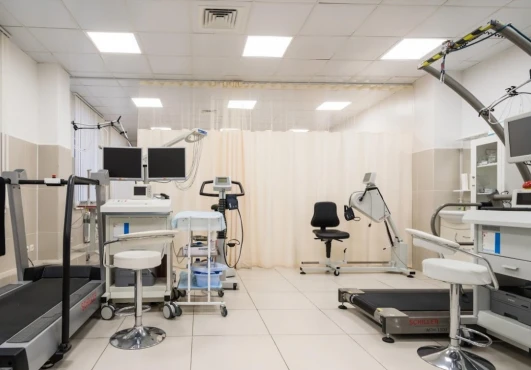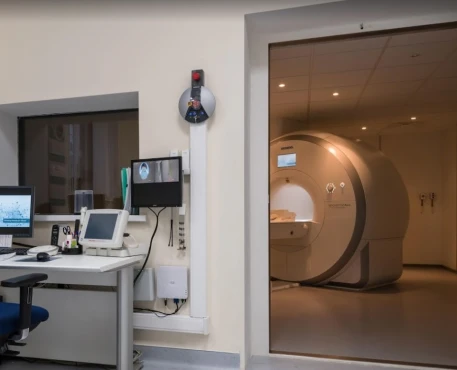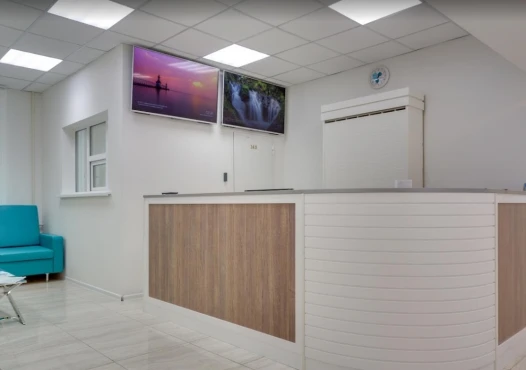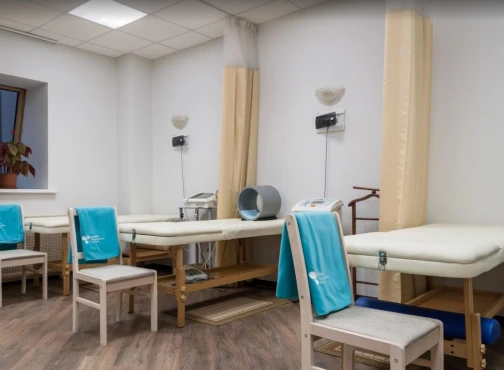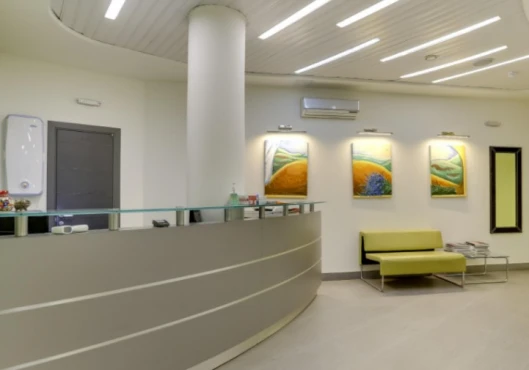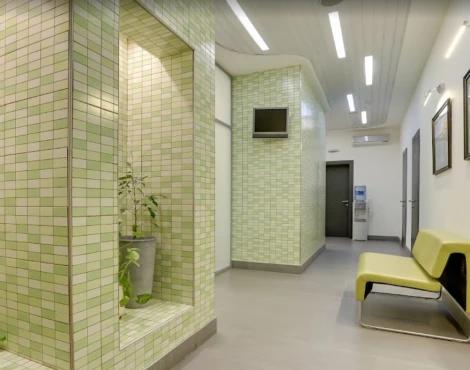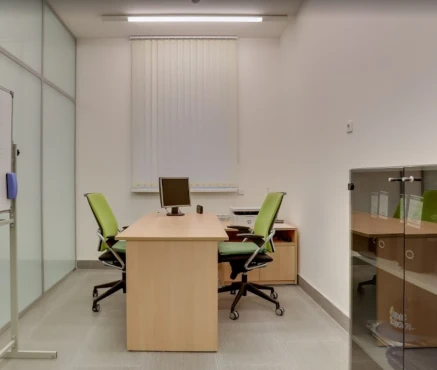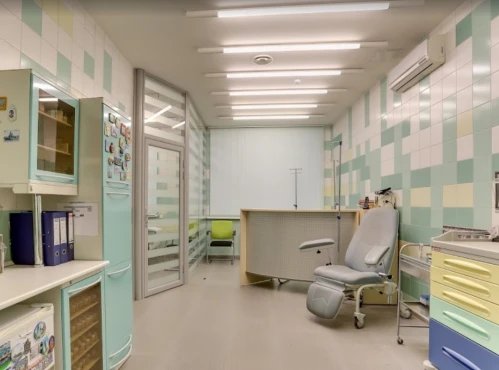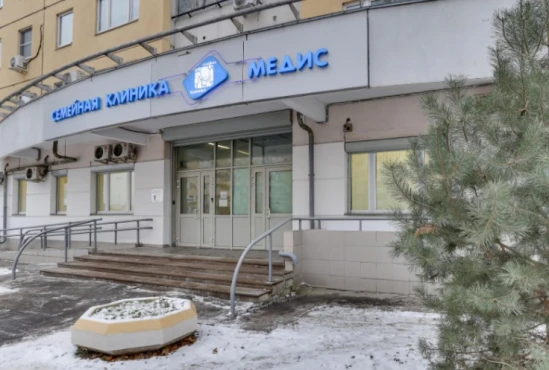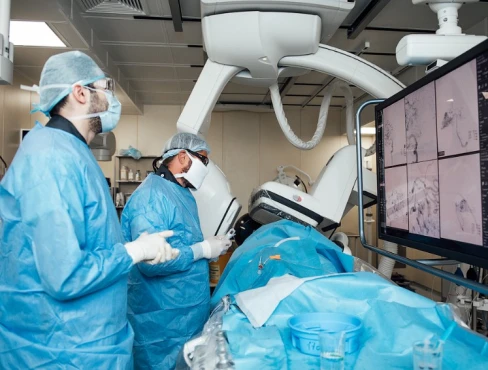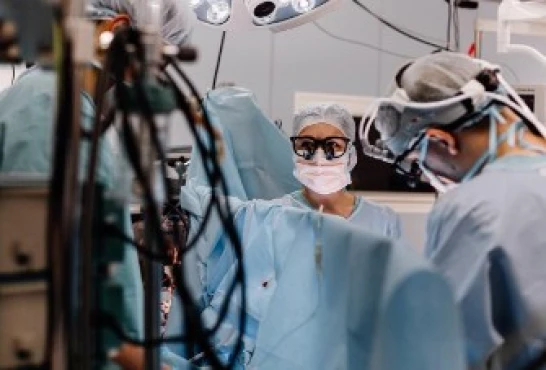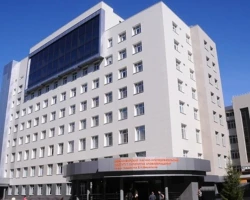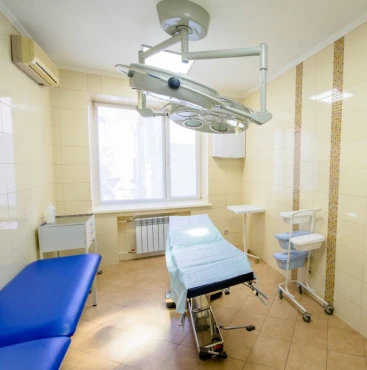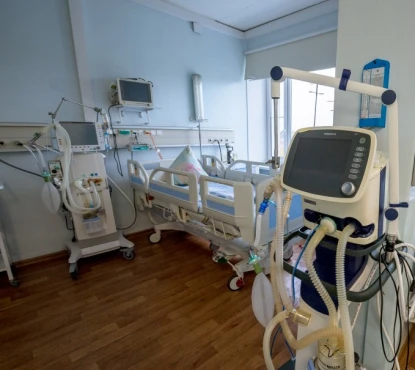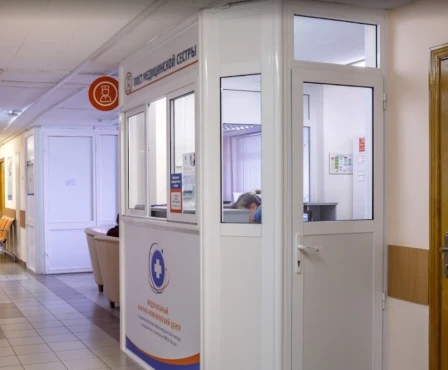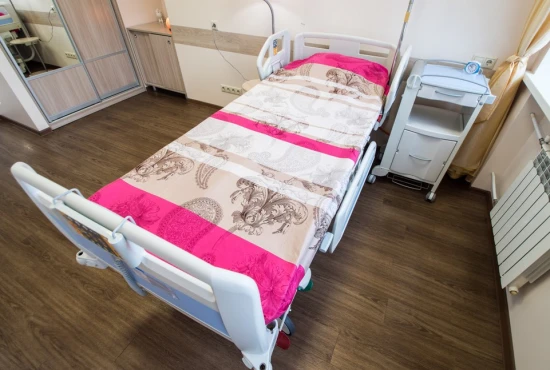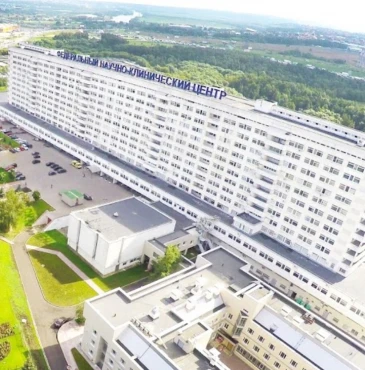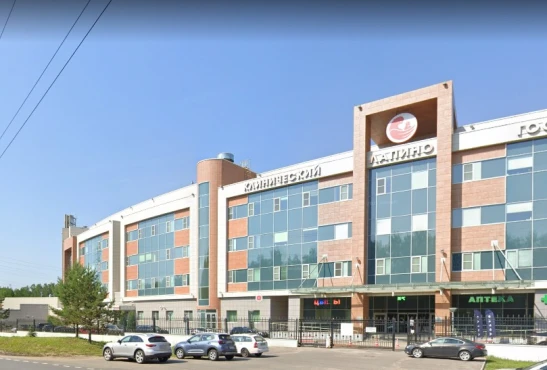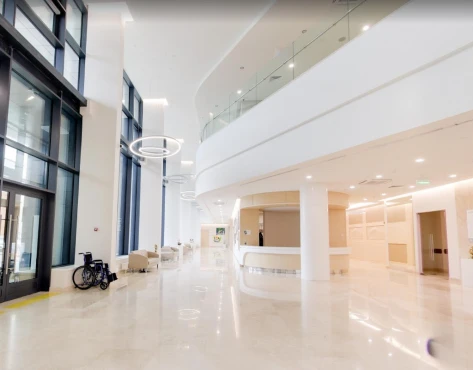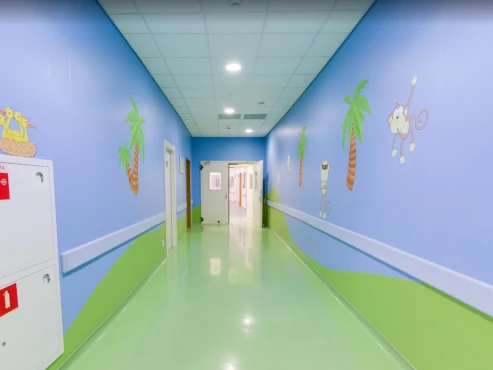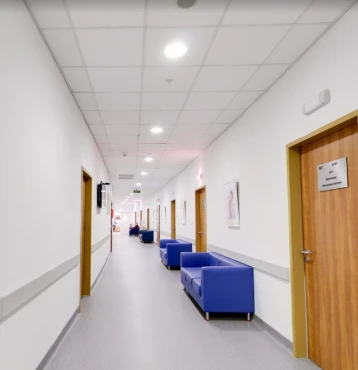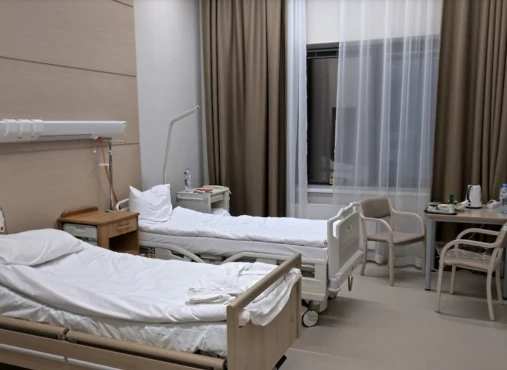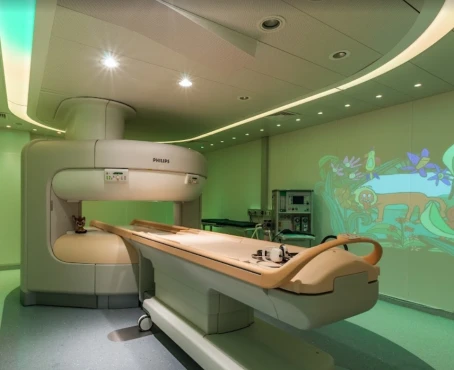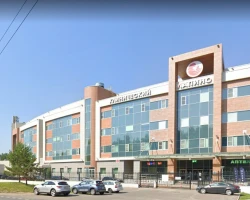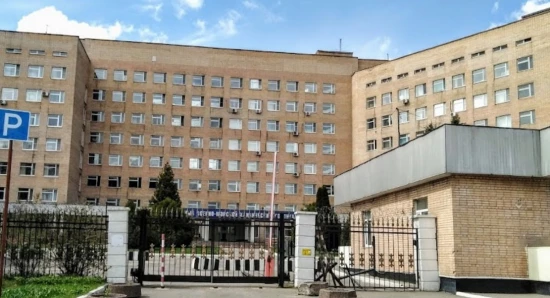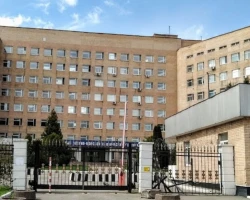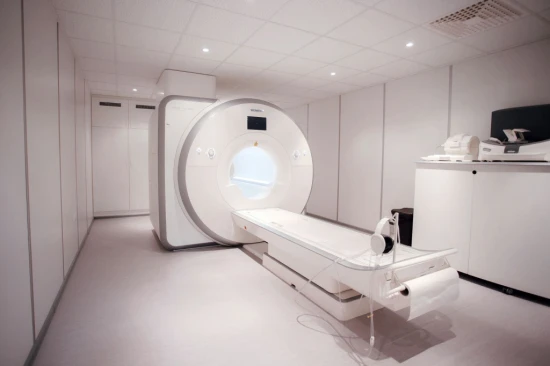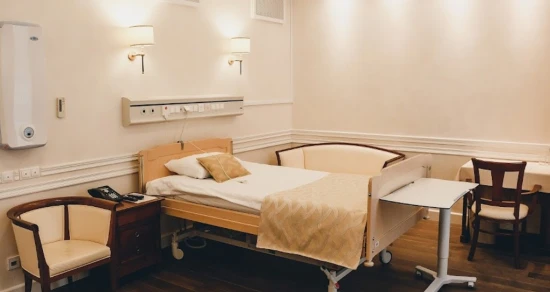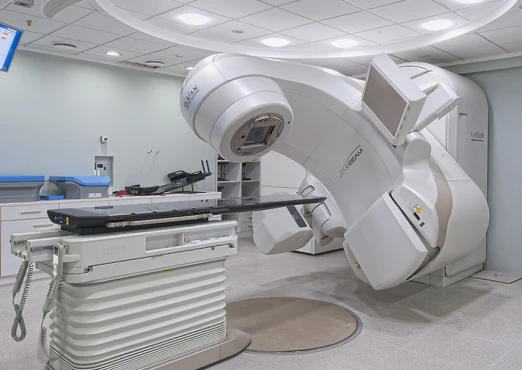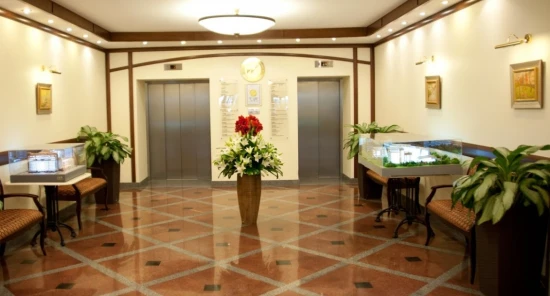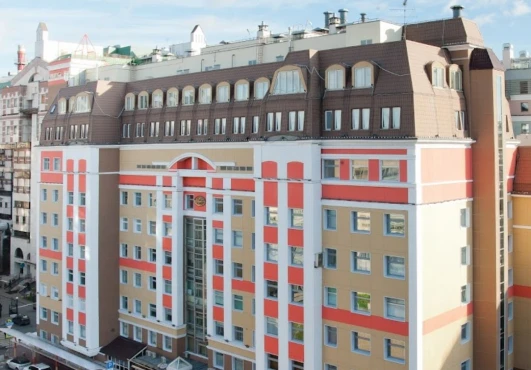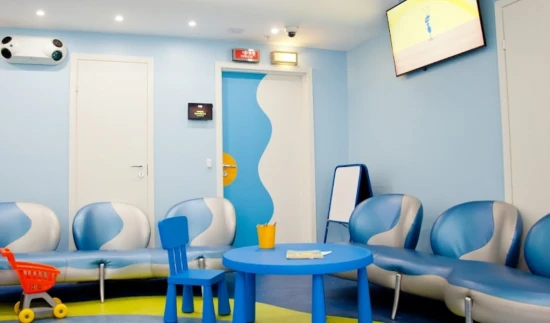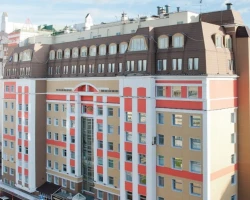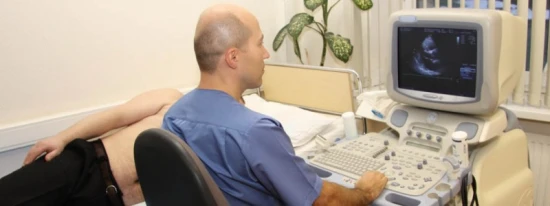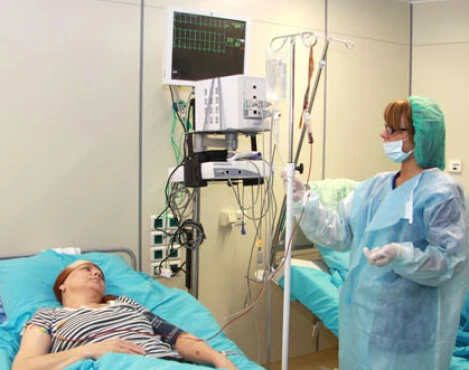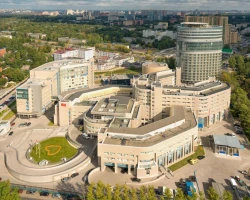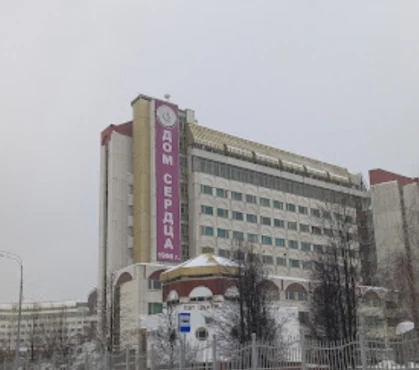Classification, pathophysiology of Fallot's tetralogy
Congenital heart defects are a significant medical problem. The presence of even one of them in a child can impose serious restrictions on his life, require treatment and special care; some vices are life-threatening. Tetralogy of Fallot is a combination of the four vices. This condition is quite rare, but occurs in the population, and therefore requires attention.
Anatomical disorders in tetralogy of Fallot
The defects that make up the tetralogy can also occur in isolation. However, their combination is more often detected. So, these include:
- infundibular stenosis of the right ventricular outlet;
- large ventricular septal defect;
- extraposition of the aorta;
- right ventricular hypertrophy.
Let's talk about each of these violations separately. The term "infundibular stenosis" means that there is a narrowing of the right ventricular outlet, above the valve. The valve itself is underdeveloped, its opening is narrowed. At the same time, underdevelopment and narrowing of the main trunk of the pulmonary artery, as well as branches extending from it, is possible. Sometimes they do not develop at all (more often this happens with the left branch).
The muscles of the right ventricle grow, a fibromuscular septum may appear near the valve with an opening of various diameters. All this makes it difficult for blood to exit the right ventricle. In addition, due to a ventricular septal defect, blood is ejected from the right ventricle not only into the pulmonary artery, but also into the left ventricle of the heart.
Normally, the aorta originates from the left ventricle. With Fallot's tetralogy, it is in the wrong position. The vessel is displaced to the right (dextroposition of the aorta) and lies directly above the hole in the wall of the heart. This shift closer to the right ventricle also affects hemodynamics (i.e. blood flow). Due to such an arrangement of such a large vessel, all other formations are also displaced, and as a result, the narrowing of the pulmonary artery is aggravated.
In addition to the main, always present disorders, it is possible to develop an atrial septal defect, an abnormal discharge of blood from the ventricles into the atria, and anomalies in the development of the arteries of the heart.
Causes and frequency of development of the defect
As already mentioned, Fallot's tetralogy is a congenital heart disease. It is found in 8-13% of all children with any heart defects, while it accounts for 15% of all defects requiring surgical treatment. Tetralogy of Fallot develops in 4-7% of all newborns.
The life expectancy of a child with an untreated defect depends on the degree of narrowing of the pulmonary trunk and ranges from 7 to 13 years. At the same time, in the first year of life, the mortality rate of such children is 25%, at 3 years old it is already 40%, by 10 years old - 70%, and by 40 - 95%.
Although the exact cause of Fallot's tetralogy is unknown, certain factors may increase the risk of having a child with the condition. Risk factors for tetralogy of Fallot include:
- viral infection of the mother during pregnancy, such as rubella;
- drinking alcohol during pregnancy;
- poor nutrition during pregnancy;
- mother's age over 40;
- presence of such a defect in one of the parents;
- presence of Down's syndrome or DiGeorge's syndrome in the fetus.
Hemodynamics
Of all four components of this disorder, the determining factor is how severe the stenosis of the outlet of the right ventricle is. Most often, only a narrowing of part of the ventricle is detected. However, sometimes it is combined with a violation of the patency of the pulmonary trunk itself and its valve. At the same time, it is assessed as a moderate patency disorder if the diameter of the vessel orifice is less than 80% of this indicator for the aortic orifice. In the event that the diameter of the pulmonary trunk is less than 50% of the aortic orifice, then the stenosis is considered severe.
If the narrowing is moderate, then the resistance to blood flow in the pulmonary artery is not so strong. Therefore, blood from the right ventricle enters only the pulmonary trunk, as it should be, without being dumped into the aorta and the left ventricle. However, even in the initial stages of the defect, blood can be discharged from left to right through an existing ventricular septal defect.
The child grows, the size of the chambers of the heart, the volume of blood and the impact force of the pulse wave increase; the degree of pulmonary stenosis also increases. All this leads to an overload of the right ventricle during systole (i.e. contraction of the muscles of the heart), because it is more and more difficult for it to push blood through a narrow vessel. Like any muscle, the myocardium of the right ventricle grows from hard work, “pumps up” - hypertrophy of the right ventricle occurs, and the pressure in it is compared with the pressure in the left. Even before the year, by 8-10 months of life, the child has a right-left shunt of blood: it occurs when straining, crying, sometimes even when sucking. Gradually, the movement of blood through the defect of the interventricular septum from right to left becomes constant, a shunt develops. Blood in the left ventricle, which is normally highly oxygenated, mixes with venous blood from the right side of the heart. As a result, all organs and tissues receive less oxygen and arterial hypoxemia develops. The size of the shunt varies depending on how much the opening to the pulmonary artery and the vessel itself are narrowed. It can range from 30 to 80% of the total blood volume per minute.
The left atrium normally receives blood from the small, pulmonary circulation (right ventricle - lungs - left atrium). However, much less blood is leaving the right ventricle than it should be. Therefore, the work of the left atrium is not enough, and it narrows, its reverse development occurs.
Among other things, as a result of displacement, the aorta receives a mixture of oxygen-rich and poor blood from the right and left ventricles.
Of course, the body is trying to adapt to changes: for example, the number of red blood cells and hemoglobin in the blood increases so that it can more efficiently saturate tissues with oxygen. An increase in the muscle mass of the ventricles is also a compensatory mechanism, because the heart eventually forces the blood to overcome the constrictions, and it somehow enters the vessels. However, the adaptive resource is running out. Organs require much more oxygen during exercise than at rest. The volume of blood flow per minute increases, the return of venous blood to the right ventricle increases. All these increases problems with hemodynamics and contributes to the discharge of more blood through the shunt between the ventricles from right to left. All this, in turn, exacerbates oxygen starvation. In addition, heart failure gradually develops.
Classification and symptoms of Fallot's tetralogy
According to the International Classification of Diseases of the 10th revision, Fallot's tetralogy belongs to category Q 21.3. The following categories are distinguished:
- severe form;
- classic form;
- severe form with shortness of breath and cyanotic attacks;
- late appearance of cyanosis;
- pale form.
The first signs that parents pay attention to are shortness of breath, blue fingertips and lips in a child when he screams or eats. Most often, this manifests itself towards the end of the first year of life, when the level of physical activity of the child increases. Often by this time, children are lagging behind in physical development. When they begin to walk, a rather specific symptom can alert: they often squat down.
The older the child becomes, the more pronounced the symptoms: by the age of 7 years, he cannot walk even a few steps without shortness of breath.
In addition to what has been said, there are:
- irritability;
- prolonged crying;
- heart murmurs;
- faintness;
- abnormal round shape of the nail bed on the fingers and toes (“drumsticks”).
Complications
A possible complication of tetralogy of Fallot is infection of the inner lining of the heart or heart valve caused by a bacterial infection (infective endocarditis). People with untreated tetralogy of Fallot usually develop serious complications over time - cerebrovascular accident, thrombosis, lack of oxygen, embolism. They can lead to death or disability in early adulthood.
Diagnostics
Usually, tetralogy of Fallot is diagnosed shortly after birth. In addition to outward signs, a doctor may hear an abnormal wheezing sound (heart murmur) when listening to a child's heart with a stethoscope.
Tests to diagnose tetralogy of Fallot include:
- Measurement of oxygen level (pulse oximetry). A small sensor placed on a finger or toe measures the amount of oxygen in the blood.
- Echocardiography, or ultrasound of the heart. Sound waves are used to create images of the heart in motion. An echocardiogram can show the structure, location, and function of the heart wall, heart chambers, valves, and aorta.
- Electrocardiography. This method records the electrical activity of the heart with each contraction.
- X-ray of the chest. A chest x-ray shows the structure of the heart and lungs. A common feature of Fallot's tetralogy on x-ray is a boot-shaped heart, as the right ventricle is enlarged.
- Cardiac catheterization. Doctors can use this test to evaluate the structure of the heart and plan surgical treatment. During this procedure, the doctor inserts a thin, flexible tube (catheter) into a blood vessel, usually in the groin, and guides it toward the heart.
The dye is passed through the catheter to make it easier to visualize the structures of the heart on x-rays. During the procedure, the doctor can measure the pressure and oxygen levels in the chambers of the heart and blood vessels.
References:
- CDC. Facts about Tetralogy of Fallot, 2020.
- Parker SE, Mai CT, Canfield MA, et al; for the National Birth Defects Prevention Network. Updated national birth prevalence estimates for selected birth defects in the United States, 2004-2006. Birth Defects Res A Clin Mol Teratol. 2010;88:1008-16.
